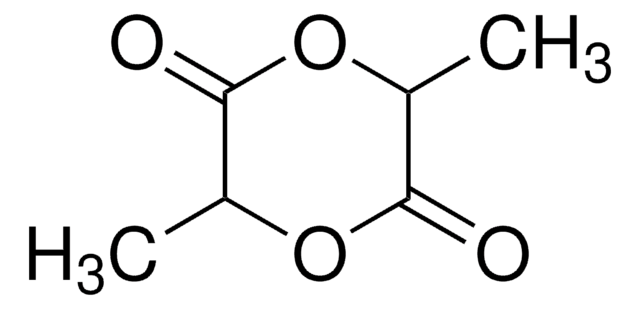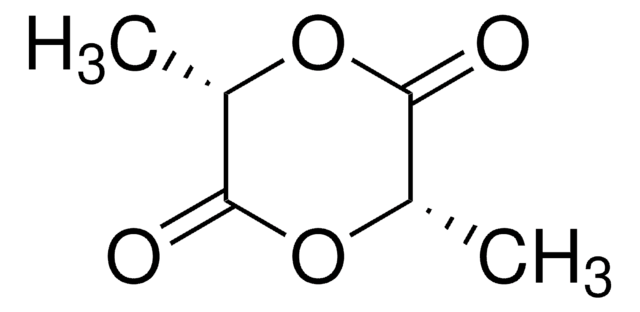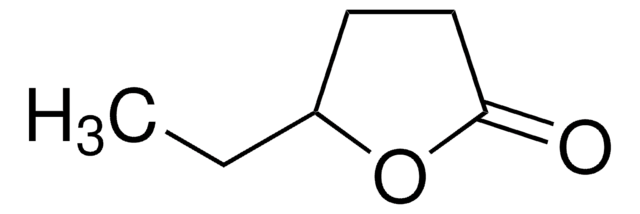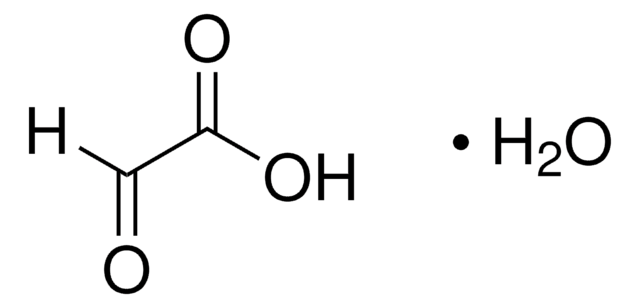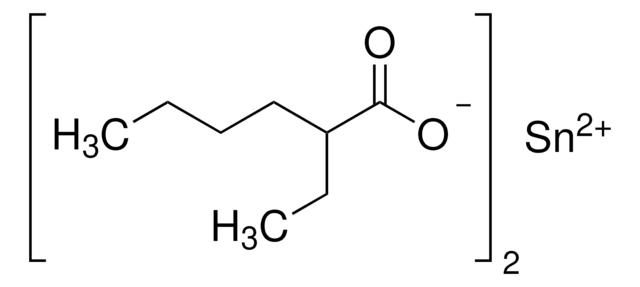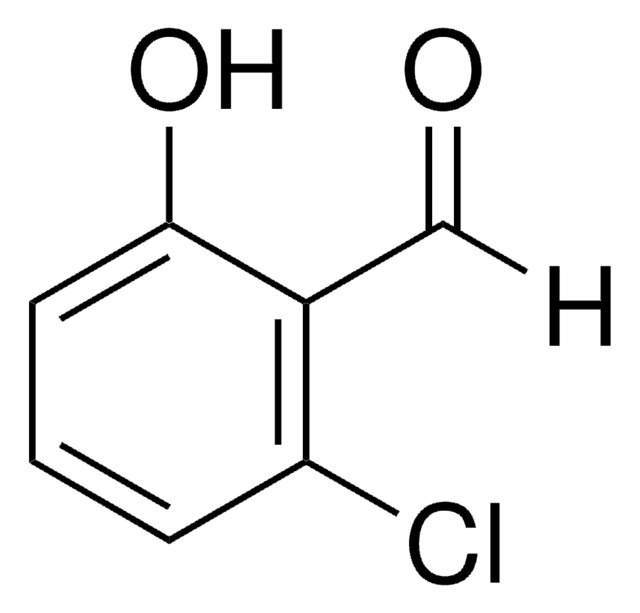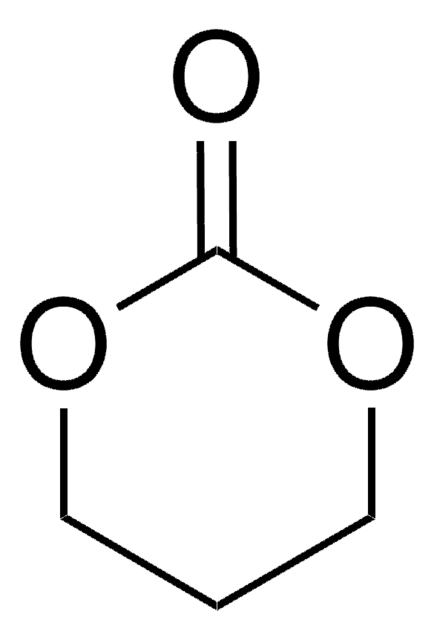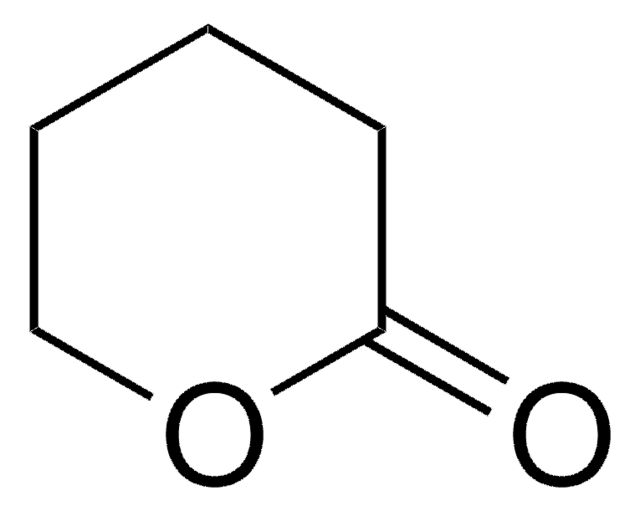G1796
Glycolide
≥99%
Sinónimos:
1,4-Dioxane-2,5-dione
Iniciar sesiónpara Ver la Fijación de precios por contrato y de la organización
About This Item
Fórmula empírica (notación de Hill):
C4H4O4
Número de CAS:
Peso molecular:
116.07
EC Number:
MDL number:
UNSPSC Code:
12162002
PubChem Substance ID:
NACRES:
NA.23
Productos recomendados
Quality Level
assay
≥99%
mp
82-86 °C (lit.)
shipped in
dry ice
storage temp.
−20°C
SMILES string
O=C1COC(=O)CO1
InChI
1S/C4H4O4/c5-3-1-7-4(6)2-8-3/h1-2H2
InChI key
RKDVKSZUMVYZHH-UHFFFAOYSA-N
¿Está buscando productos similares? Visita Guía de comparación de productos
Categorías relacionadas
General description
Glycolide is a cyclic dimer of α-hydroxy acid that can be used in the formation of aliphatic polyester. It is synthesized by the dimerization of glycolic acid. It forms a low toxic synthetic biodegradable polymer that can be used in medical applications. It is majorly used in the formation of a highly crystalline poly(glycolide) by ring opening polymerization.
Application
Glycolide can be used as a monomer in the preparation of poly(lactic-co-glycolide)(PGLA) via copolymerization with lactide monomer. PGLA is further used in the following applications:
- Porous PGLA microsphere scaffolds are used in bone repair applications.
- Encapsulated PGLA nanoparticles can be used in drug delivery and tissue engineering applications. Polymeric micro/nanoparticles made from PLGA have gained significant interest for their appealing characteristics, including biodegradability, biocompatibility, prolonged drug release, and safeguarding the drug against degradation.
signalword
Warning
hcodes
Hazard Classifications
Acute Tox. 4 Oral - Eye Irrit. 2
Storage Class
11 - Combustible Solids
wgk_germany
WGK 3
flash_point_f
Not applicable
flash_point_c
Not applicable
ppe
dust mask type N95 (US), Eyeshields, Gloves
Elija entre una de las versiones más recientes:
¿Ya tiene este producto?
Encuentre la documentación para los productos que ha comprado recientemente en la Biblioteca de documentos.
Los clientes también vieron
Towards electroactive gel artificial muscle structures
Electroactive Polymer Actuators and Devices (EAPAD) XX, 10594, 1059408-1059408 (2018)
Types of biodegradable polymers
Introduction of Bioplastic Engineering, 81-151 (2016)
J L Guo et al.
Science advances, 5(6), eaaw7396-eaaw7396 (2019-06-12)
Synthetic hydrogels are investigated extensively in tissue engineering for their tunable physicochemical properties but are bioinert and lack the tissue-specific cues to produce appropriate biological responses. To introduce tissue-specific biochemical cues to these hydrogels, we have developed a modular hydrogel
Zohreh Arabpour et al.
Journal of biomedical materials research. Part A, 107(10), 2340-2349 (2019-06-05)
Tissue engineering is one of the most promising areas for treatment of various ophthalmic diseases particularly for patients who suffer from limbal stem cell deficiency and this is due to the lack of existence of appropriate matrix for stem cell
Yutong Han et al.
Advanced science (Weinheim, Baden-Wurttemberg, Germany), 6(15), 1900251-1900251 (2019-08-14)
Due to specific immune recognition receptors on the surface of T cells, their membranes are promising mimic nanocarriers for delivering drugs to tumor lesions. However, this single targeting strategy potentially compromises therapy efficacy for tumor targeting due to inter- and
Nuestro equipo de científicos tiene experiencia en todas las áreas de investigación: Ciencias de la vida, Ciencia de los materiales, Síntesis química, Cromatografía, Analítica y muchas otras.
Póngase en contacto con el Servicio técnico